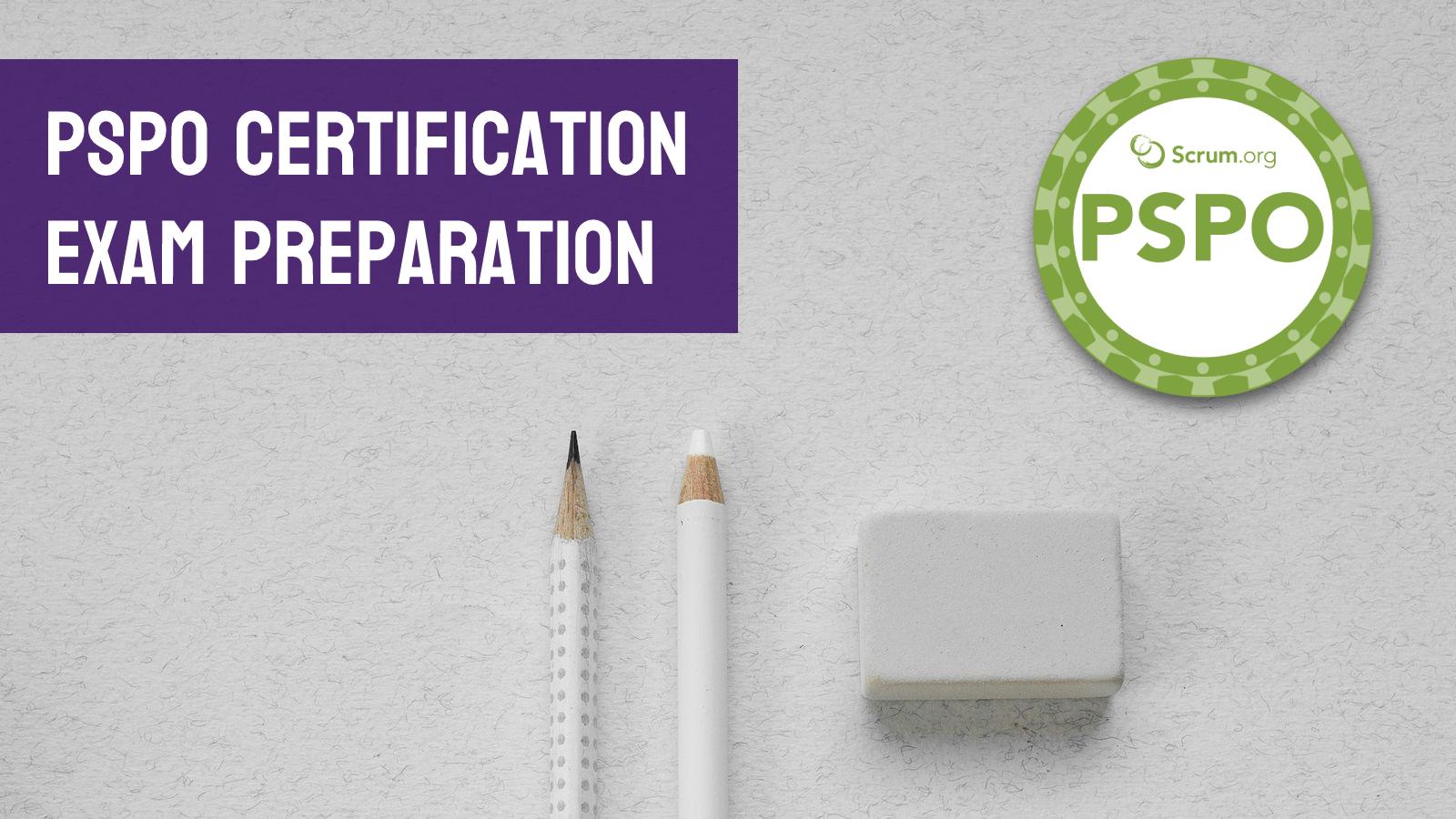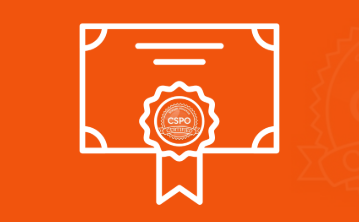

Get best deals on top courses

Every Agile team strives for continuous improvement - and the Sprint Retrospective is the tool that makes that possible. It’s the moment after each Sprint where the team pauses to reflect, celebrate wins, identify challenges, and commit to getting better. If you're a Scrum Master or preparing for a Scrum interview, you must be fluent in how to plan, run, and guide a retrospective. It's a common focus in our Scrum Master Interview Preparation Bootcamp, and with good reason - great retros build great teams. A Sprint Retrospective is the final event in a Scrum Sprint. It occurs after the Sprint Review and before the next Sprint Planning. The purpose? To inspect how the last Sprint went - and to improve. According to the Scrum Guide: “The Scrum Team inspects how the last Sprint went with regards to individuals, interactions, processes, tools, and their Definition of Done.” Celebrate team achievements Identify areas for improvement Foster team collaboration and transparency Decide on actionable changes for the next Sprint Create a safe space for open communication When: End of every Sprint (after the Sprint Review) Duration: Up to 3 hours for a 1-month Sprint Typically 1 to 1.5 hours for 2-week Sprints Scrum Master (facilitator) Development Team Product Owner (optional but encouraged) Stakeholders do not attend retrospectives. Create a safe, inclusive environment. Use check-ins or warm-ups like: “One word to describe your Sprint” “Mood meter” or “Weather check” Reflect on: What went well? What didn’t go well? Where were the bottlenecks? Use tools like: Digital whiteboards (Miro, Mural) Retrospective boards in Jira or FunRetro Group related points, identify root causes, and look for patterns. Ask: “Why did this happen?” “How often has this issue come up?” Turn insights into action. Agree on 1–2 improvements to implement in the next Sprint. Document them clearly and assign ownership. Appreciate contributions. End with: A feedback round on the retro itself A confidence vote on the action plan Mixing formats keeps retros fresh and engaging. Encourage psychological safety Avoid blame; focus on the system Keep retros fun, interactive, and goal-oriented Review previous action items before starting Track improvements over time to demonstrate value Team: Agile mobile development team Such scenarios are often asked in interviews - get full prep in our Scrum Master Interview Bootcamp. Sprint Retrospectives are the heartbeat of Agile improvement. They help teams become stronger, more aligned, and more effective - Sprint after Sprint. If you're a Scrum Master or aspiring to be one, mastering retrospectives isn't optional - it's essential. Learn how to facilitate powerful retros in real time with live coaching and mock interviews in our Scrum Master Interview Bootcamp.🚀 Introduction
🧩 What is a Sprint Retrospective?
🎯 Goals of a Sprint Retrospective
🕒 When and How Long?
👥 Who Attends?
🛠️ How to Run an Effective Sprint Retrospective
Step-by-Step Guide:
1. Set the Stage
2. Gather Data
3. Generate Insights
4. Decide What to Do
5. Close the Retrospective
📚 Popular Retrospective Formats
🧠 Tips for Scrum Masters
🧾 Real Example: Sprint Retrospective Scenario
Sprint Issue: Delays in QA testing due to unclear acceptance criteria
Root Cause Identified: Misalignment between dev and QA teams
Agreed Action: Introduce 15-min sync between Dev & QA during Sprint
Outcome: Faster feedback, better story completeness, reduced bugs🧭 Conclusion
Want to Level Up Your Skills?
Trending Blogs
EXPLORE BY CATEGORY
End Of List





.jpeg&w=256&q=75)


.jpeg)



